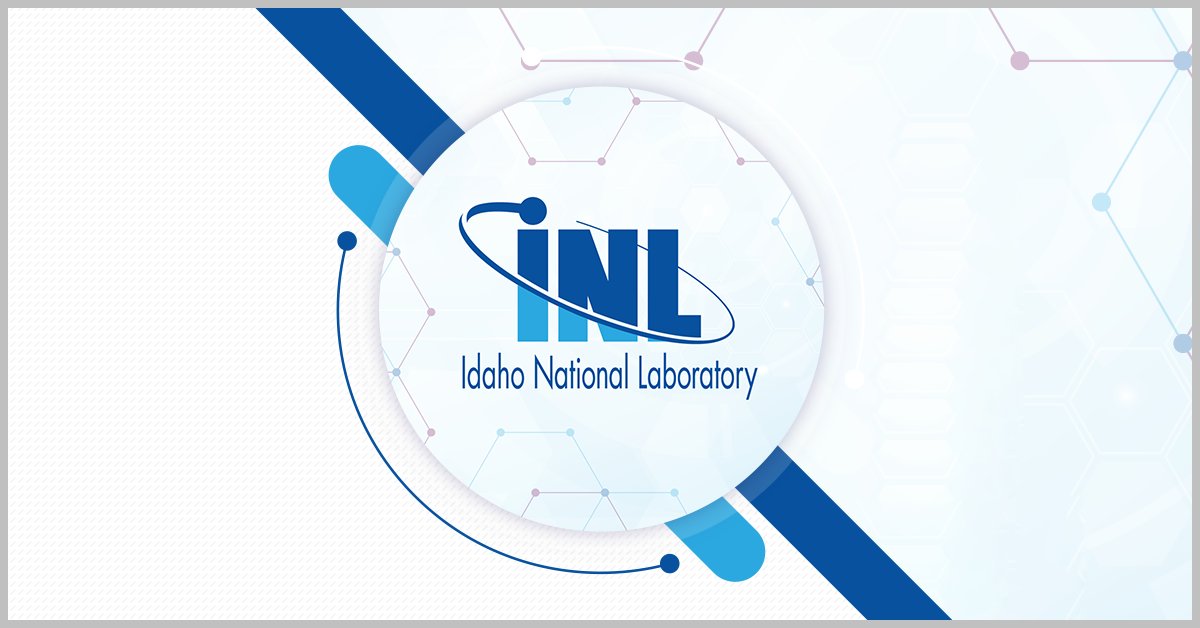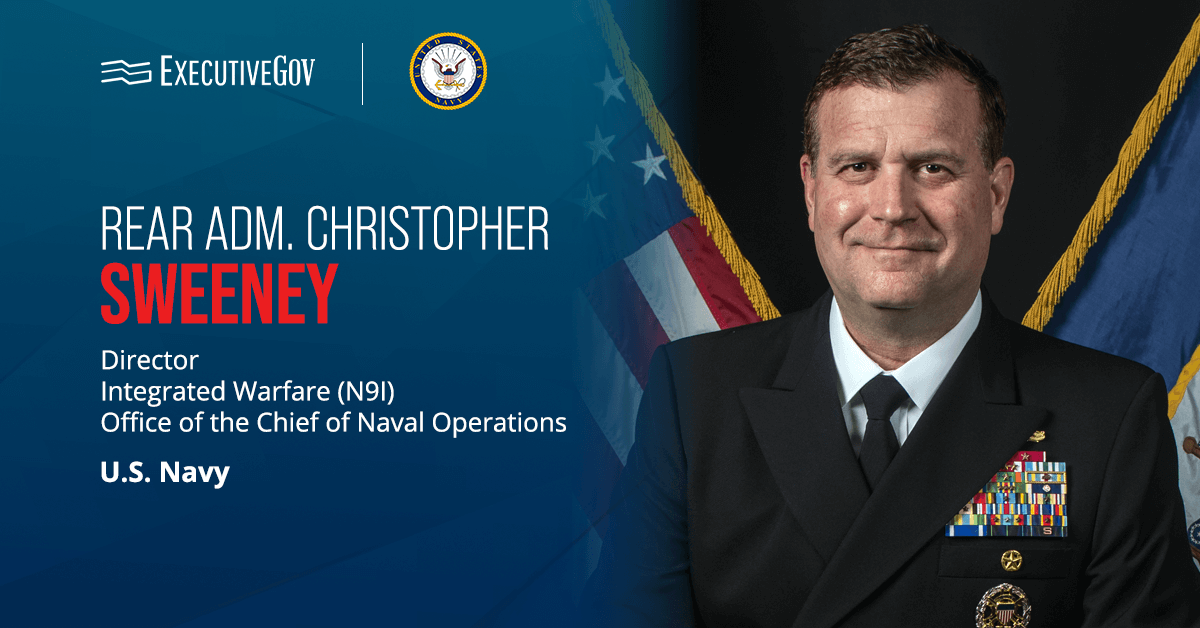The Project Director Sensors – Aerial Intelligence of the Program Executive Office Intelligence, Electronic Warfare & Sensors, or PEO IEW&S, has issued a request for information for potential contractors that can provide launched effects, or LE, payloads.
According to the notice posted on SAM.gov Wednesday, PD SAI is coordinating with the Project Manager Uncrewed Aircraft Systems of PEO Aviation to gather industry input on the proposed procurement of LEs, including air launched effects and surface launched effects. PD SAI is seeking information on systems with a Technology Readiness Level of 3+ that can be enhanced before fiscal year 2030 to a minimum of TRL 7 or TRL 9.
Interested vendors may submit their responses by Mar.14.
What Are Launched Effects?
Launched effects are a family of systems that includes an air vehicle, payload, mission system applications and support equipment. Their main purpose is to deliver effects autonomously or semi-autonomously as a single agent or as part of a team.
These operationally consumable unmanned aerial vehicles are designed to enhance situational awareness in the area of operations. They are intended to detect, identify, locate and report, or DILR, targets and deliver lethal and non-lethal effects. LEs are also designed to extend communication ranges, assess battle damage and safeguard allied forces. They can integrate air vehicles, mission systems and payloads to extend the speed, range, lethality and survivability of maneuver formations.












